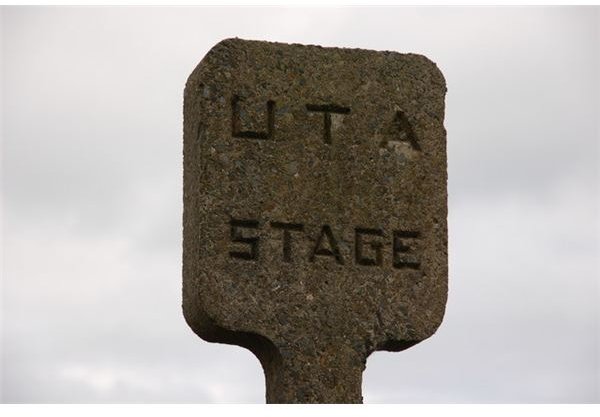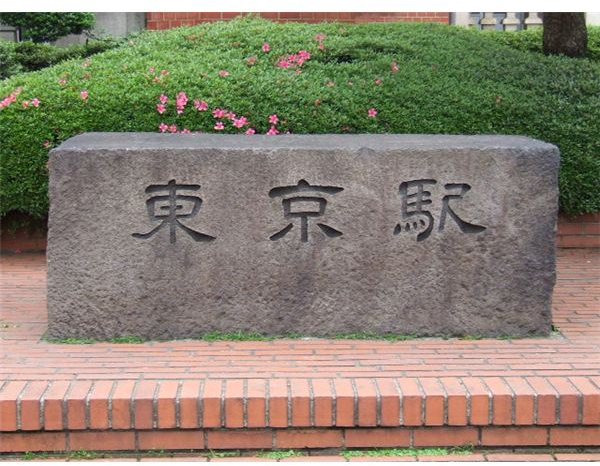Concrete Signs - Making the Footer for a Concrete Sign
Concrete signs are normally used where the signage is expected to be a permanent affair with no chance of it ever being out of date or out of context. Such signage also requires very little maintenance if it is properly done and at the most may require being cleaned or painted over once in a while.
Footers for Concrete Signage
The location of the concrete sign will have a lot of influence on making the concrete footer for the sign. Quite often these signs are required to be positioned close to roads or entrances to areas of prominent buildings. This by itself can sometimes create a problem for the construction of the sign and especially the footer for it. Signs close to the property line will require engineers to design footers that do not extend beyond the property line and the safe distances specified by some planning authorities.
This may mean that the footer may not take the weight of the concrete sign correctly and may cause eccentric loads to be transmitted to the footer. This sometimes leads to uplift forces that can cause the footer and therefore the sign to tilt in the long run. This has to be counteracted by counterbalancing weights of concrete or other means. Piles which can resist pulling out of the foundation can be a solution. The use of other materials like a steel structure to support the concrete sign should also not be ruled out. This may make design of the concrete footer for the sign relatively simpler.
Image Source: Wikimedia: Tokyo Station
Creating Concrete Signage

Concrete signs are mostly of the precast kind, as such pre-casting allows the quality of the letters and other features required on the sign to be completely and easily controlled. However the design of precast concrete signs requires attention to be given to lifting points and the additional stresses they place on the structure that makes up the sign. The use of heavy lifting equipment like cranes is quite common for construction work, and the weight of such concrete signs is not therefore likely to be a deterrent for their usage.
Manufacturers of such precast or cast signs pay a lot of attention to the molds that make up the letters or other features. The mold material must be such that it allows for easy stripping that leaves the cast concrete intact. It is also therefore just as important to use the proper material and other methods that facilitate stripping. Rubber molds and molds made of polystyrene are common for concrete signs. Concrete shrinks when it sets, and this can cause problems for stripping of formwork of some letters. Most precast concrete signs and those that are custom concrete signs require inserts to assist in lifting, though it is quite often seen that contractors prefer to use custom made lifting frames that can lift the sign without submitting it to any stress.
Another point that designers have to keep in mind while they design pole and sign concrete signs is the way these will be fixed to the permanent structure or framework that is meant to support the sign. This can cause stresses in the concrete of the sign due to overhang, wind forces, and forces on the structure during erection.
Image Source: Wikimedia: Concrete Sign
